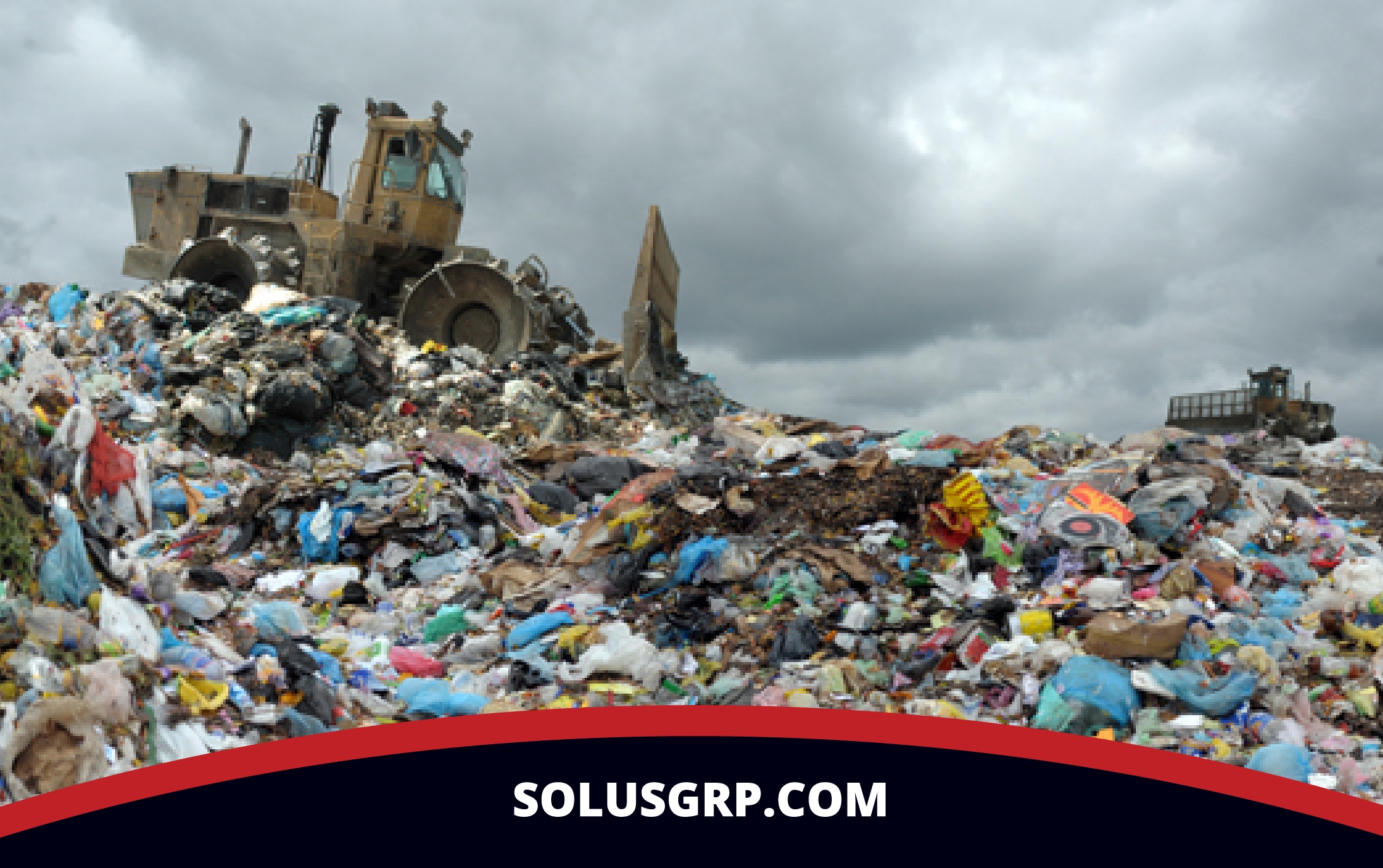We use cookies to make your experience better. To comply with the new e-Privacy directive, we need to ask for your consent to set the cookies. Learn more.
How Recyclables in Landfills Contribute to Air Pollution — And What to Do About It
When recyclables make it into landfills, they contribute to a problem that many in the environmental community don't necessarily connect with the failure to recycle: air pollution. After all, landfill gas is usually at least half methane and half carbon dioxide, both of which are major greenhouse gases. Of the two, the former is by far the most destructive in terms of global climate change; methane traps heat in the atmosphere at a rate of 28 to 36 times that of carbon dioxide over a 100-year timespan, reports the latest Intergovernmental Panel on Climate Change Assessment Report.
So how do recyclables contribute to this problem? Several ways, actually: 
- Decomposing organic material causes landfill gas.Paper, which makes up about half of all the recyclables collected in the United States, is one of these organic materials. Considering the fact that about 37 percent of the paper discarded in the year 2013 was not recycled and ended up in a landfill, paper seems to be a considerable contributing factor in the production of landfill gas.
- Upstream air pollution from insufficient plastics recycling also contributes to the problem.For every ton of plastic we recycle, we save 685 gallons of oil and 5,774 kilowatt-hours of electricity, which could be generated by clean-air-threatening energy sources like coal. Today, we only recycle a quarter of the plastics that we produce in the United States, and that leads to excess production of virgin plastics, with all of the pollution-heavy energy requirements that come with them.
- The more materials we send to landfills, the worse the air quality in the immediate area becomes.That's evident from a 2011 study published in Environmental Research, which reports that the foul odors emanating from landfills are associated with respiratory problems and irritation of the mucous membranes. The fewer items we route to landfills, the fewer problems with air pollution we'll have.
If failing to recycle contributes to air pollution, it's clear that improving recycling rates will help to cut down on emissions from landfills, as well as upstream sources of contaminants in the environment. But the solution to the landfill/air pollution problem doesn't just have to come from reducing, reusing, and recycling.
Landfill gas (LFG) can actually be used to create electricity, thereby subverting the pollution that comes from coal-fired power plants in the first place. Landfill administrators can install gas extraction wells and processing machinery, eventually leading to a clean-burning, methane-fueled power plant.
Of course, the least resource-intensive approach to air pollution caused by landfills is to reuse as many materials as possible. Recyclables should be recycled. Otherwise, they contribute to a dirtier planet and even a dirtier atmosphere.
References:
"Basic Information about Landfill Gas." EPA. U.S. Environmental Protection Agency, 14 Mar. 2018. Web. 26 Mar. 2018.
"Paper Recycling." EPA. U.S. Environmental Protection Agency, n.d. Web. 26 Mar. 2018.
"Recycling Coalition of Utah." UtahRecycles. Recycling Coalition of Utah, n.d. Web. 26 Mar. 2018.
Sutton, Sonya. "Landfill air pollution may be as unhealthy as it is unpleasant, study finds." UNC. University of North Carolina Center for Health Promotion and Disease Prevention, 7 July 2011
